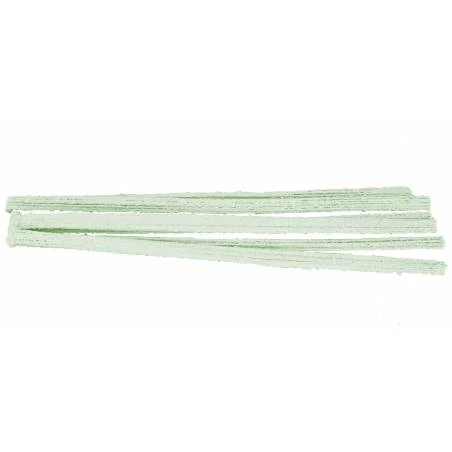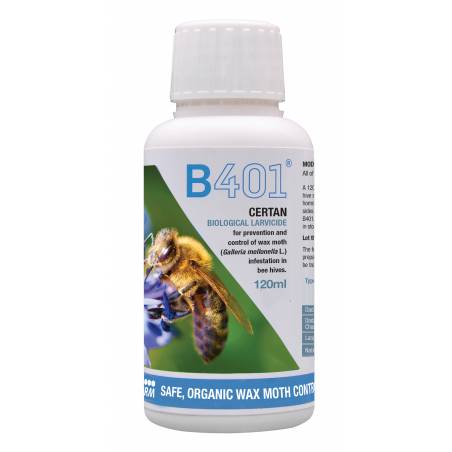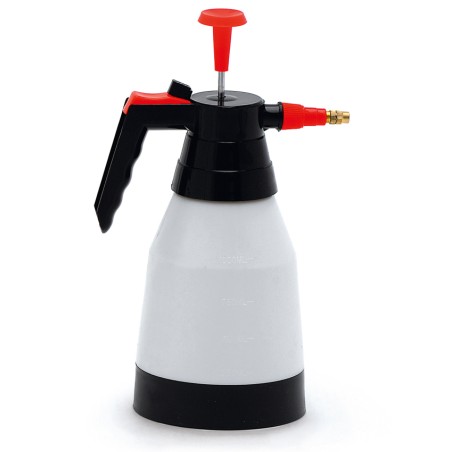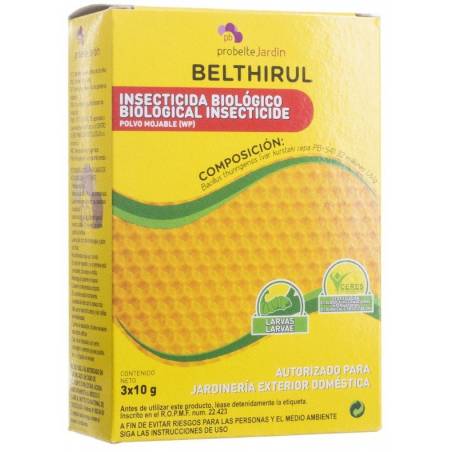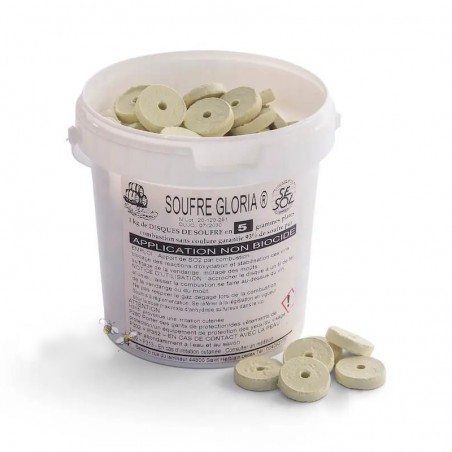-
Beehives
- Complete beehive
-
Accessories
- Beehive Accessories
- Hardware for beehives
- Paint and oils for beehives
- Beehive frames
- Hive Insulation
-
Extras
- Beehive markers
- Apiary monitoring and security
- Transport of beehives and drums
-
Bee equipment
-
For the apiary
- Swarm Attractant Lures
- Excluders and screens
- Bee Escapes
- Bee signs
-
For the beekeeper
- Smokers
- Smoker Fuel & Accessories
- Bee Brushes
- Hive tools and frame grips
- Bee Blowers
-
Queens
- Queen rearing
- Queen Marking
- Shipping and introduction of queens
- Insemination instruments
- Queen Cell Incubators
-
For the apiary
-
Clothing
- Clothing
- Clothing Accessories
-
Beeswax
-
Pure beeswax
- Beeswax and foundation
- Melting and rolling beewax
- Beeswax candles
-
Pure beeswax
-
Bee feed
- Accessories and source materials
- Utensils
-
Bee health
- Varroa Treatments
-
Diseases control
- Complementary fight against varroa
- Moth control
- Fight against the wasp
- Chalk brood Aids
-
Nutraceuticals
- Bee colony health
-
Health & disinfection
- Cleansers and Maintenance
- Cleansers and Maintenance Accesories
- Diagnosis of diseases
- Sublimators and vaporizers
-
Extraction and bottling
-
Before extraction
- Uncapping tools
- Uncapping machines
- Cappings Handling
- Tools for Honeycomb Production
-
Honey extraction
- Honey Extractors
- Tangential Extractors
- Reversible Extractors
- Radial Honey Extractors
- Honey Extracting Lines
- Accessories for extractors
- Manual Honey Extractors
- Electric Honey Extractors
- Honey Gravity Clarifiers
- Honey Strainers
- Honey gates, hose and fitting
- After extraction
-
Before extraction
-
Bee pollen
-
Harvest
- Pollen traps
- Bee Bread Extraction
-
Indicted
- Pollen dryers
- Pollen cleaners
-
Harvest
-
Honey packaging
- Flasks per utility
- Flasks by size
-
Other packaging
- Plastic packaging
- Jelly or propolis jars
-
Packaging
- Caps and closures
- Packaging
- Decoration
- Labellers
-
Others
- Nutrition
-
Didactic
- Beekeeping books
- Online courses
- Educational
-
Others
- Bees and queens
- Apitherapy
- Cosmetics
- Gifts and others
- Artisanal Soap Making
Moth control
Protect your wax combs from silent destruction. Here you'll find preventive and corrective treatments trusted by professional beekeepers to store supers safely after harvest and avoid irreversible damage. Act before it's too late.
Protect Your Hive from Moths with Effective Control Solutions
Active filters
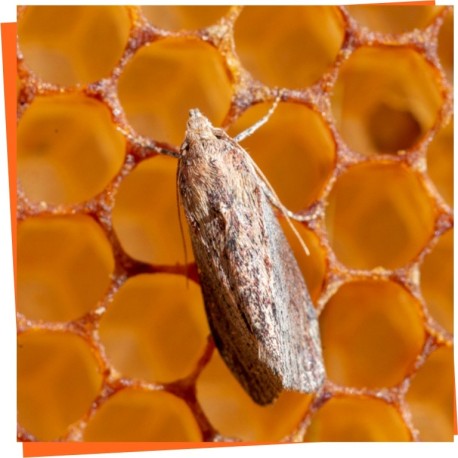
Moth control
When you extract the last honey super in August and think the hardest part is behind you, a silent threat starts its campaign: the wax moth (Galleria mellonella and Achroia grisella). Quiet, patient and destructive, it seizes any oversight to destroy what took you months to build.
It won’t invade strong colonies. If you see it near the entrance, something’s off: weak colonies, queen loss or poorly stored combs. The larvae don’t feed on pure wax but on proteins — old brood cocoons, pollen and hive debris. That’s why they thrive in dark, used combs.
The most critical time is after the summer harvest, when nectar flow drops, brood nests shrink, and many frames are left half-used and poorly defended. You must remove and store them properly, or they’ll be easy prey. At 30 °C, a full generation can develop in just 6 weeks.
This category includes the most effective tools professional beekeepers use to protect stored frames and support weakened colonies:
• Sulphur strips and discs: for fumigating stored frames in sealed containers. Apply every 3–4 weeks and ventilate afterward. It’s cheap and effective, but remember: sulphur vapors are toxic — use only in well-ventilated areas.
• B-401 (Bacillus thuringiensis): a biological treatment that targets only wax moth larvae and is safe for bees. Suitable for stored comb or weak hives. Some strains are highly effective when properly cultured.
• Belthirul, Cerapol and other insecticides: fast-acting treatments for already infested frames. Useful to stop severe damage in time.
• Manual or pressure sprayers: essential for even product application, especially in stacked supers or large frame batches.
Key tips:
• Never store comb with honey or pollen without preventive treatment.
• Adjust hive space to the actual colony size. Remove and protect surplus frames properly.
• If possible, use cold storage (4–6 °C): it’s the cleanest and most effective method to halt moth development.
• You can also freeze frames at –15 °C for at least 2 hours to kill all life stages.
• Laurel leaves can help repel wax moths, but don’t replace real treatment.
Remember: wax moths are a symptom, not the cause. Their presence usually indicates a prior weakness. Smart beekeepers act before the damage. And here you’ll find the tools professionals use to protect their wax, their combs… and their peace of mind.

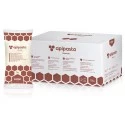 Apipasta with vitamins 15kg
Apipasta with vitamins 15kg
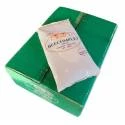 Beecomplet® Spring 14Kg
Beecomplet® Spring 14Kg
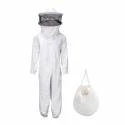 Beekeeper suit with round veil
Beekeeper suit with round veil
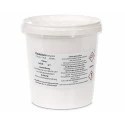 Oxalic acid 1kg
Oxalic acid 1kg
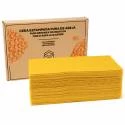 Beeswax Foundation 5kg
Beeswax Foundation 5kg
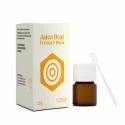 Fresh royal jelly 20g
Fresh royal jelly 20g
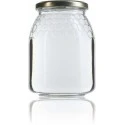 Classic honey jar 1kg comb-lines TO77 - Pack of 16 units
Classic honey jar 1kg comb-lines TO77 - Pack of 16 units
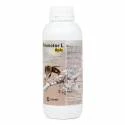 Promotor L 1 liter
Promotor L 1 liter
